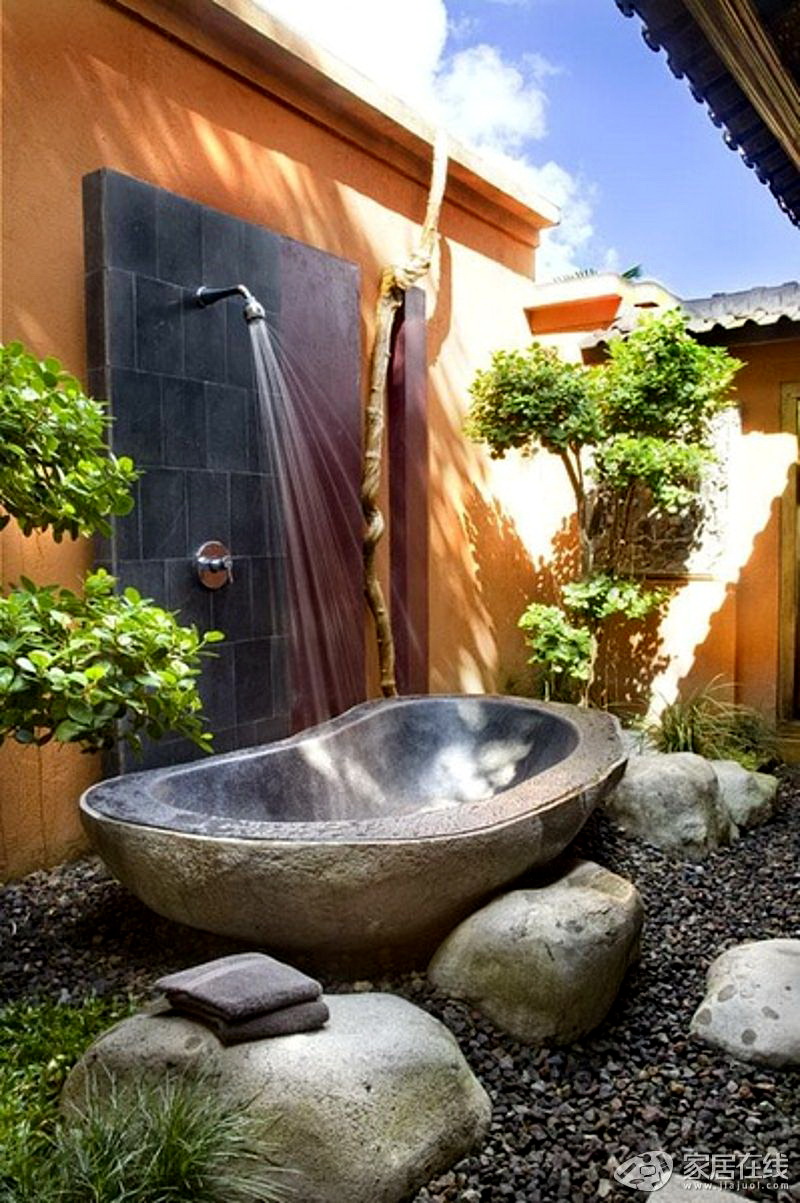Table of Content
This method is similar to the basic recipe, but it’s much easier and faster. Add the rice to a fermentation vessel, such as a glass jar or ceramic pot. The fermentation process for sake can take anywhere from a few weeks to a couple of months. Use a colander or a cheesecloth-lined steamer tray to drain the rice.

When it comes to making sake, there are a few key ingredients that you will need. First, you will need to get your hands on some koji rice. This type of rice is essential for the fermentation process. The yeast helps to convert the sugars in the rice into alcohol. This is added in order to help control the fermentation process.
Step Two: Moromi
In order for sake to be shipped from a factory, it must be changed from sake that has already been made to sake that has been made to 15% alcohol or so. As a result, 1kg of rice yields 1.38kg of sake with 15% alcohol. To make an 1.8L bottle of sake, a total of 0.77kg of polished rice is required. A sake brewing kit is a great way to make your own sake at home.
After the rice has soaked, you will need to drain it and then wrap it in a clean cloth. You will then need to place the rice in a warm, dark place for 3-5 days. After the koji culture has been created, you will need to combine it with water and rice.
Can You Make Sake From Rice?
Keep the rice mixture at 59 °F (15 °C) for half a day. Don’t start doing this until your smack pack is almost fully inflated, which is usually about 24 hours after smacking it. Mix 1,860 ml (7.9 c) water with the lactic acid, yeast nutrient, Epsom salt, and salt substitute. Amber Thornton, the bartender at O’Ku, has created a number of cocktails with various types of sake. A cup of sake adds a rich, silken texture and flavors of melon and coconut to the beverage.

Sake, or Japanese rice wine, is an important part of Japanese culture. Though often consumed during special occasions, sake is also a popular drink of choice for many Japanese people. If you’re interested in trying your hand at brewing sake, there are a few things you should know.
Steamers
Enter this sake making kit, courtesy of Uncommon Goods. Premium sake is typically served chilled or at room temperature. Japanese brewers are now offering more premium varieties available in warmers in an effort to appeal to more consumers. There are nine officially designated temperatures for sake consumption.

For the best results, leave them alone for at least 2-3 months (5-6 months is a good rule of thumb). If the sake is homemade, it can be stored for up to three years. The traditional Japanese way to make sake is called Kimoto. This method is similar to the basic recipe, but it uses a starter culture of yeast and bacteria instead of koji-kin.
Set the mixture aside for 2 days, stirring every 12 hours. Use your sanitized steel spoon to stir the mixture in 12-hour intervals for the next 48 hours. Mix the cooled rice with your yeast starter mixture. Uncover the bowl of yeast, water, and koji mixture. Add the cooled rice to the stockpot and then cover the stockpot. The Japanese specialty beverage sake is a well-known beverage around the world.

Because sake is a distilled beverage, it has a stronger flavor than other types of alcohol. Because sake is a Japanese drink, it is frequently diluted with water before being sold. Because the starch in rice grains must be converted to sugar before fermentation can occur, sake is brewed in the same way that wine is brewed by fermenting fruit. Seal your secondary fermenters and let them sit for another two weeks.
A distilled sake, on the other hand, has an ABV of 18%-20%. When sake is diluted with water before it is bottled, the ABV is about 15%. Before you begin drinking sake, you should consider a few things. When it comes to cooking sake, you should keep in mind that the ABV is higher than in standard sake.

Cover the bowl and place it next to the koji mix. Immediately following step two of nakazoe, allow the moromi to rest at room temperture for twelve hours, then stir in all of the remaining koji . Afterward, wash and soak all of the remaining 5 pounds of rice for the final addition. Yodan The stabilization step where the nigorizake is separated from what’s left of the rice after fermentation is nearly complete. Water can be added to dilute the alcohol content, and the sake can be fined or filtered to clarify.
Yes, you can use other types of koji-kin to make sake. However, Aspergillus oryzae is the traditional type of koji-kin used in brewing sake. It’s important to use a high-quality koji-kin to ensure that your sake turns out well.

No comments:
Post a Comment